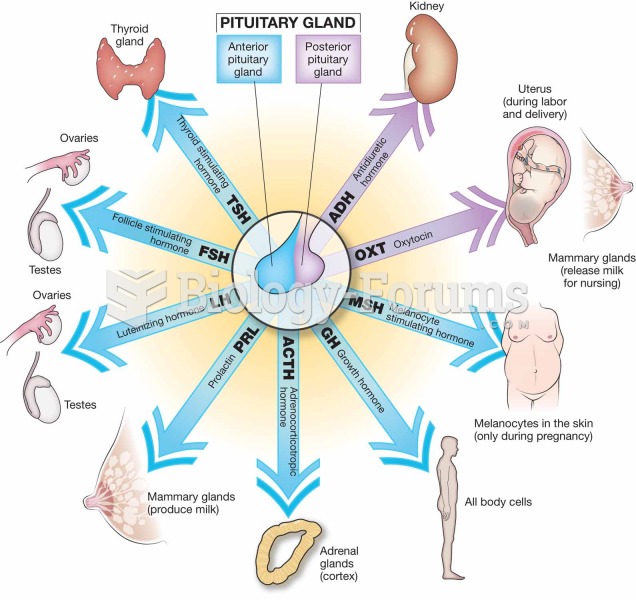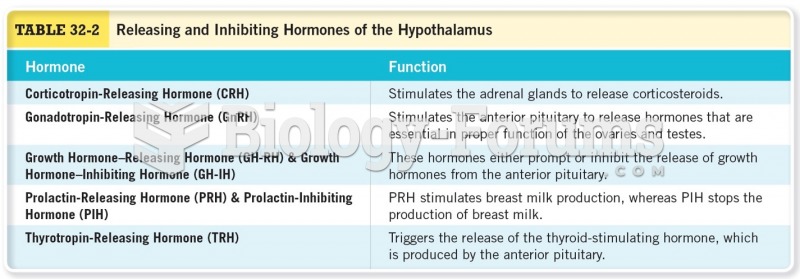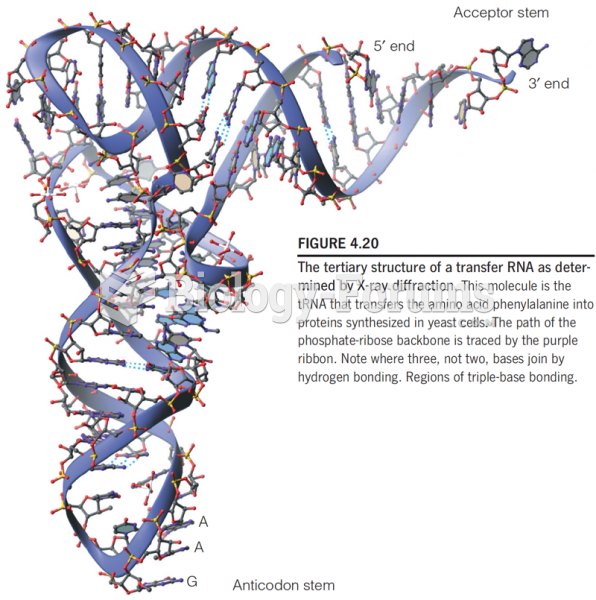Answer to Question 1
A, C, D
Feedback
Correct hCG causes the corpus luteum to persist and produce the necessary
estrogens and progesterone for the first 6 to 8 weeks. Estrogens cause
enlargement of the woman's uterus and breasts; cause growth of the ductal
system in the breasts; and, as term approaches, play a role in the initiation
of labor. Progesterone causes the endometrium to change, providing early
nourishment. Progesterone also protects against spontaneous abortion by
suppressing maternal reactions to fetal antigens and reduces unnecessary
uterine contractions. Other hormones produced by the placenta include
hCT, hCA, and a number of growth factors.
Incorrect Human placental lactogen promotes normal nutrition and growth of the
fetus and maternal breast development for lactation. This hormone
decreases maternal insulin sensitivity and utilization of glucose, making
more glucose available for fetal growth. If a Y chromosome is present in
the male fetus, hCG causes the fetal testes to secrete testosterone necessary
for the normal development of male reproductive structures.
Answer to Question 2
C
The McRoberts maneuver involves applying suprapubic pressure in an oblique or lateral approach to straighten the sacrum, allowing the anterior shoulder to dislodge. It requires maternal position changes in which the client's legs are bent at the knees and hyperflexed against her abdomen. Turning the client to the left side and administering oxygen is performed in the presence of non-reassuring FHR patterns. While preparing for a cesarean section delivery may be an outcome from shoulder dystocia, it is not the priority nursing intervention.







